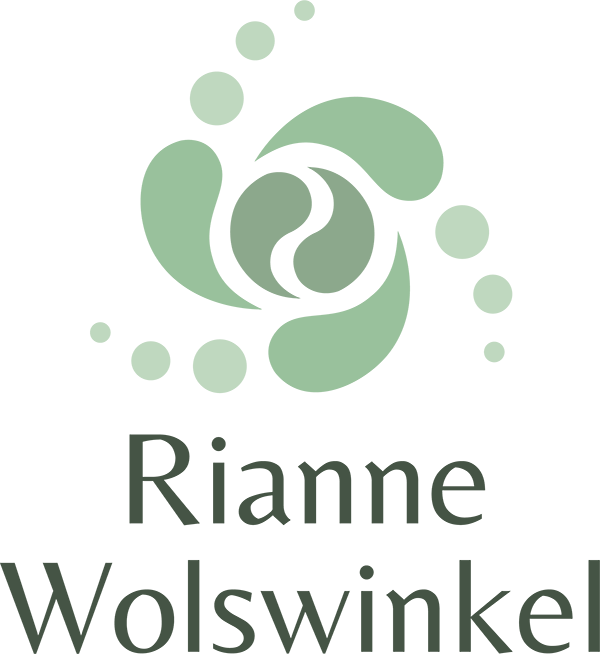Useful Yoga Props:
The yoga mat is useful for lying or standing on and for some more active movement. But sometimes a thick blanket is just a bit more comfortable, because with yoga therapy we often lie on the floor a lot in the beginning. A mattress, again, tends to be too thick. You do want to be able to feel the feedback you get from the ground. Furthermore, a mat is handy because it can be used to replace the felt pad, a blanket (though it’s a bit of a hard version then) and the strip, about which more later. So a yoga mat is very handy to have.
You can use a yoga block made of cork, wood or foam as an aid to elevate the ground, as support for your body and as an object on which you can apply light force with your body to support a movement. As elevation and support, books can sometimes serve as a substitute, but as an aid to movement it becomes difficult. Something like a Tupperware container that is sturdy but not too heavy could take its place. But a set of 2 yoga blocks are very handy to have.
The yoga belt is used as an aid during movements or at rest. Sometimes as an extension of your arm and as an aid to allow your body to experience certain directions, of the position of the shoulders for example. It can also be used in more resting postures as a support to keep your legs together, for example.
It is an aid that can be replaced quite easily, but having a real one is more convenient. You can always use a regular belt or a piece of string or, for example, the belt of your dressing gown. The advantage of a yoga belt is that you can easily adjust it and they come in long varieties that you really need for some movements.
Almost essential to support or keep your body warm, depending on the practice you are doing. Preferably a firm thicker blanket, a moving blanket, a wool blanket or a ‘real’ yoga blanket (a moving blanket is really the perfect cheap alternative). Preferably not a fleece blanket, these are often not firm enough as a support. The blanket can also replace the felt mat as a softer alternative. I use it rolled up to lie over it and handy as head support in side-lying poses. Of course, you can then also use a pillow, but it should be firm enough. With restorative yoga, blankets are a must, and best to have at least 3.
The bolster is one of my favourite yoga props. It is a large, sturdy, oblong round or oval cushion which is used to support the body. Indispensable in restorative yoga, although in many cases it can be substituted for 2 stacked folded blankets.
Eye pillows are small bags (often) filled with flax seed and possibly lavender or chamomile for a relaxing scent. These pillows can be used as light weights on the eyes for relaxation, but also work wonders when placed in your hands or on other parts of your body. This small weight helps bring attention and relaxation to the areas where they lie. There is also a larger and heavier variant, sandbags, that when used on the back or abdomen also bring awareness and relaxation.
You use this foam strip (3 x 7 x 43 cm) mainly for exercises related to spinal mobility. You can replace it by tightly rolling up a yoga mat, but it’s still slightly different.
This is a felt mat that you can roll up and lie on in different ways to then explore movement. It is also widely used for back mobilisation. It is a lot firmer than a blanket and different from a yoga mat, although these can be used as substitutes.
This elastic resistance band create resistance to movements to increase strength, and sometimes it can also be used to create a sense of stability in order to move more functionally. They come in different thicknesses/resistances, usually the lighter resistances are more convenient to work with. You can use a belt although the effect is very different.
These can be tennis balls, or special fascia or massage balls. You use these to massage with the idea of creating more awareness in the areas you are working with. Not so much just for massage, but in combination with movement to train your body and movement awareness and actively invite movement in the areas where you apply pressure. For the abdominal area, there are also special hard or soft pilates/core balls.
